“In the past, collecting fees from people was very expensive, but it was mainly to support the toll collectors, the state budget did not collect anything…”, General Secretary To Lam said not long ago, when talking about the work of looking after vehicles on the roadside.
And it is true that the state budget is not earning anything, even having to make up for the loss, when talking about the story of collecting parking fees in Ho Chi Minh City, specifically for the activities of Thanh Nien Xung Phong Public Service Company Limited.
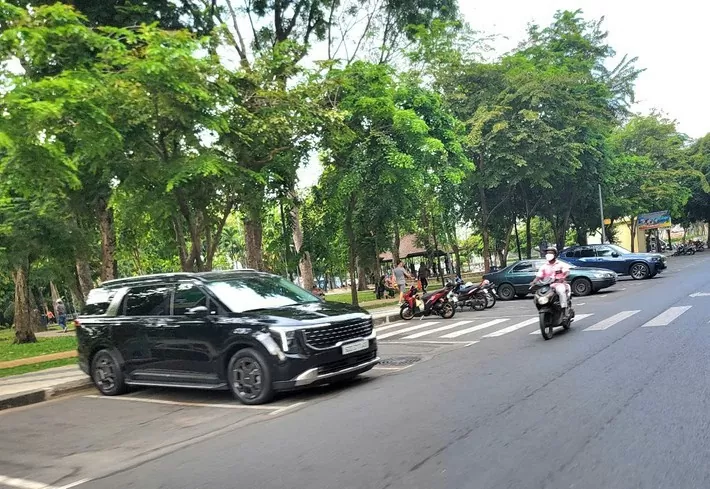 |
| The road is already there, just lines are drawn, cars enter and pay, but after 4 years, it reported a loss of 2.2 billion VND. This seemingly funny economic paradox is happening in Ho Chi Minh City. (Illustration photo) |
Thanh Nien Xung Phong Public Service Company Limited has state capital and is assigned to organize paid parking on 20 routes in Ho Chi Minh City.
From December 2020 to October 2024, this company had a total revenue of more than 22 billion VND, but labor costs, toll collection software rental, etc. totaled about 24.32 billion VND, exceeding revenue by 2.2 billion VND.
To put it simply, after 4 years of only having the task of marking lines and collecting parking fees on 20 routes, Thanh Nien Xung Phong Public Service Company Limited lost 2.2 billion VND.
Explaining the economic paradox of “it can be done even if it is so difficult”, the Ho Chi Minh City Department of Transport cited data from the past four years, along with a positive signal: During this period, the amount of fees collected increased and the cost gradually decreased over time. However, in total, the cost for this work so far still exceeds the revenue by 2.2 billion VND.
“From December 2, 2020 to June 30, 2022, revenue was over 4.3 billion, expenditure was over 8.6 billion (expenditure was 4.3 billion higher than revenue); from July 1, 2022 to June 6, 2023, revenue was over 5.9 billion, expenditure was over 6.6 billion (expenditure was 0.7 billion higher than revenue); from July 1, 2023 to March 31, 2024, revenue was over 6.7 billion, expenditure was over 5.2 billion (expenditure was 1.5 billion VND lower than revenue); from April 1, 2024 to October 30, 2024, revenue was over 5 billion, expenditure was over 3.7 billion (expenditure was 1.3 billion VND lower than revenue)” , data from the Department of Transport and Public Works of Ho Chi Minh City.
Looking at this figure, it can be seen that the situation has improved somewhat, but considering the whole process, total revenue still does not cover total expenditure.
It is worth mentioning that previously, the Ho Chi Minh City transport sector calculated that with this number of parking spaces, it would earn about 6.7 billion VND per month. Mechanically calculated, with this number of parking spaces, it could earn about 80 billion VND per year, or about 320 billion VND after 4 years.
So there is a huge difference between actual revenue and calculated figures, about 298 billion VND. So where did this 298 billion VND go?
Answer: Either the transport sector is “counting its chickens before they hatch” and miscalculating; or there is weakness in management, leading to revenue flowing to places that do not belong to the budget; or the answer is both.
Whatever the answer, the truth is undeniable: This is a failure not only in curbside management but also in how the business is run.
This issue cannot be stopped at the level of “learning from experience” or “rectification”. An investigation is needed to clarify every lost penny and assign specific responsibilities.
If there are signs of embezzlement or corruption, not only administrative sanctions must be imposed but criminal liability must be prosecuted, so that public funds cannot be siphoned off without anyone taking responsibility.
Where in the world does one have to lose a ton of money just to collect money?
Source: https://congthuong.vn/ke-vach-thu-tien-bao-lo-kho-the-cung-lam-duoc-380475.html


![[Photo] Looking back at the impressive moments of the Vietnamese rescue team in Myanmar](https://vstatic.vietnam.vn/vietnam/resource/IMAGE/2025/4/11/5623ca902a934e19b604c718265249d0)


![[Photo] "Beauties" participate in the parade rehearsal at Bien Hoa airport](https://vstatic.vietnam.vn/vietnam/resource/IMAGE/2025/4/11/155502af3384431e918de0e2e585d13a)














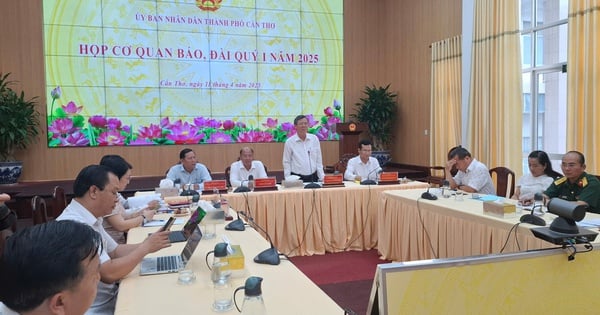



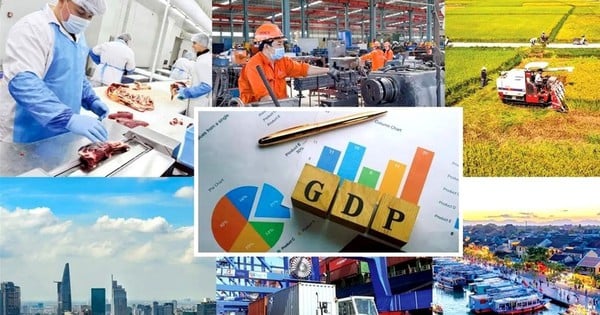









![[Photo] Summary of parade practice in preparation for the April 30th celebration](https://vstatic.vietnam.vn/vietnam/resource/IMAGE/2025/4/11/78cfee0f2cc045b387ff1a4362b5950f)









































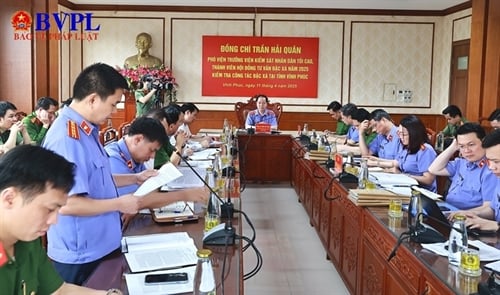



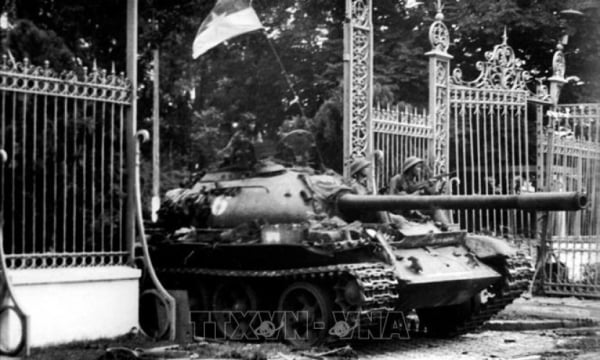
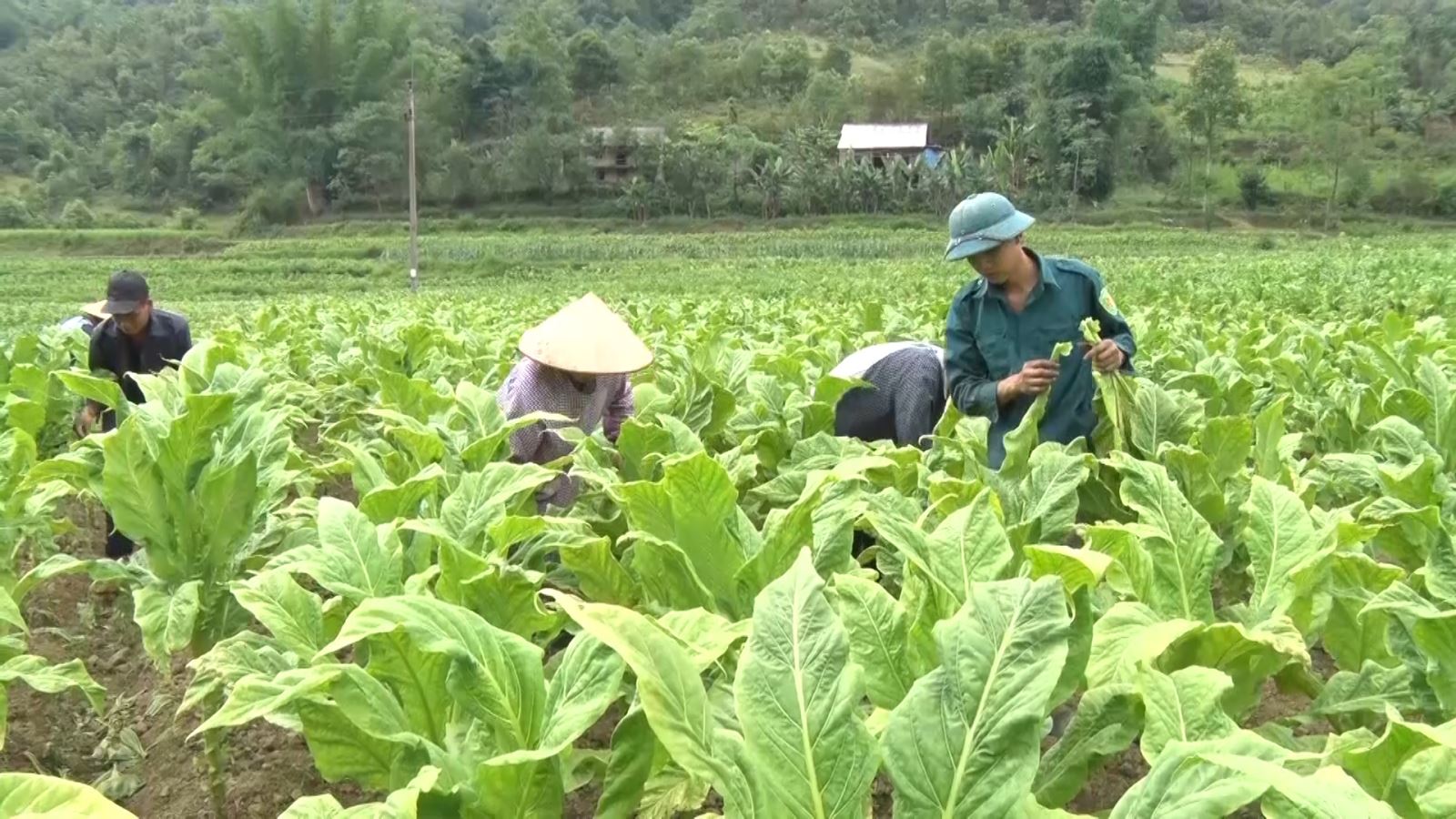










Comment (0)